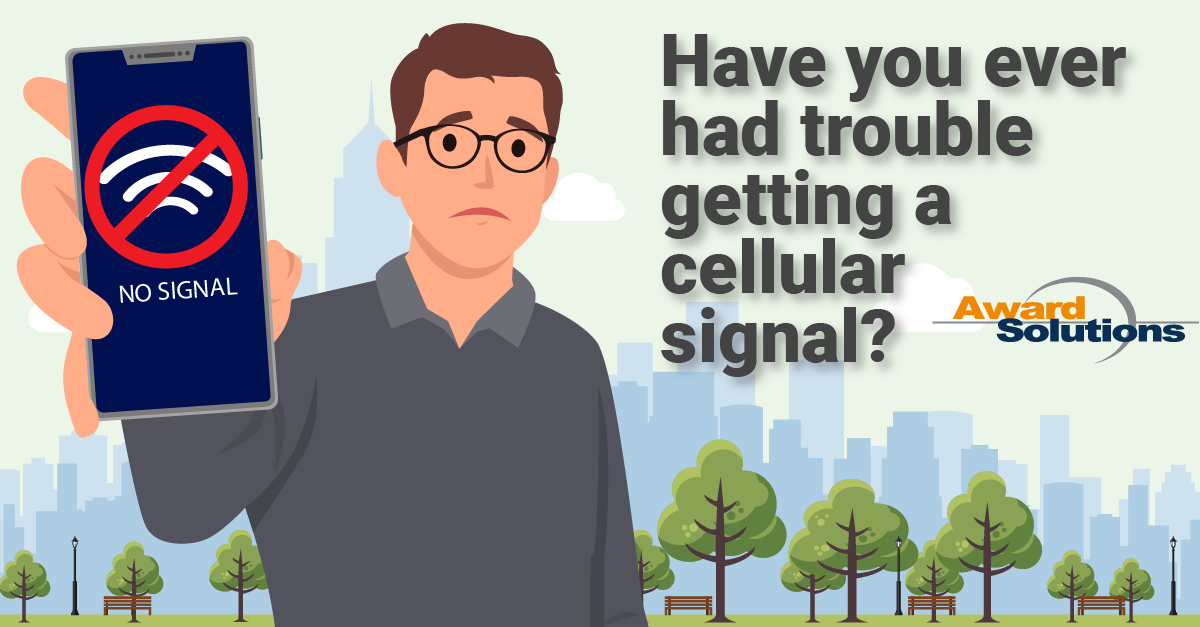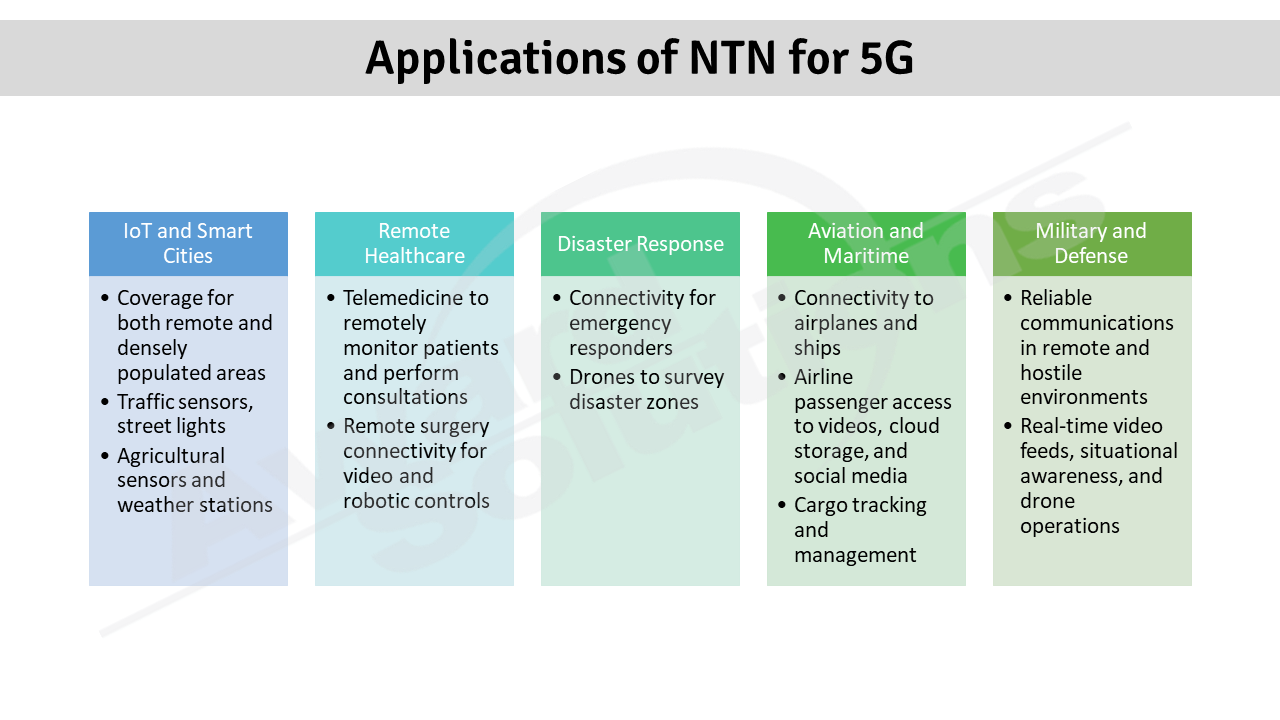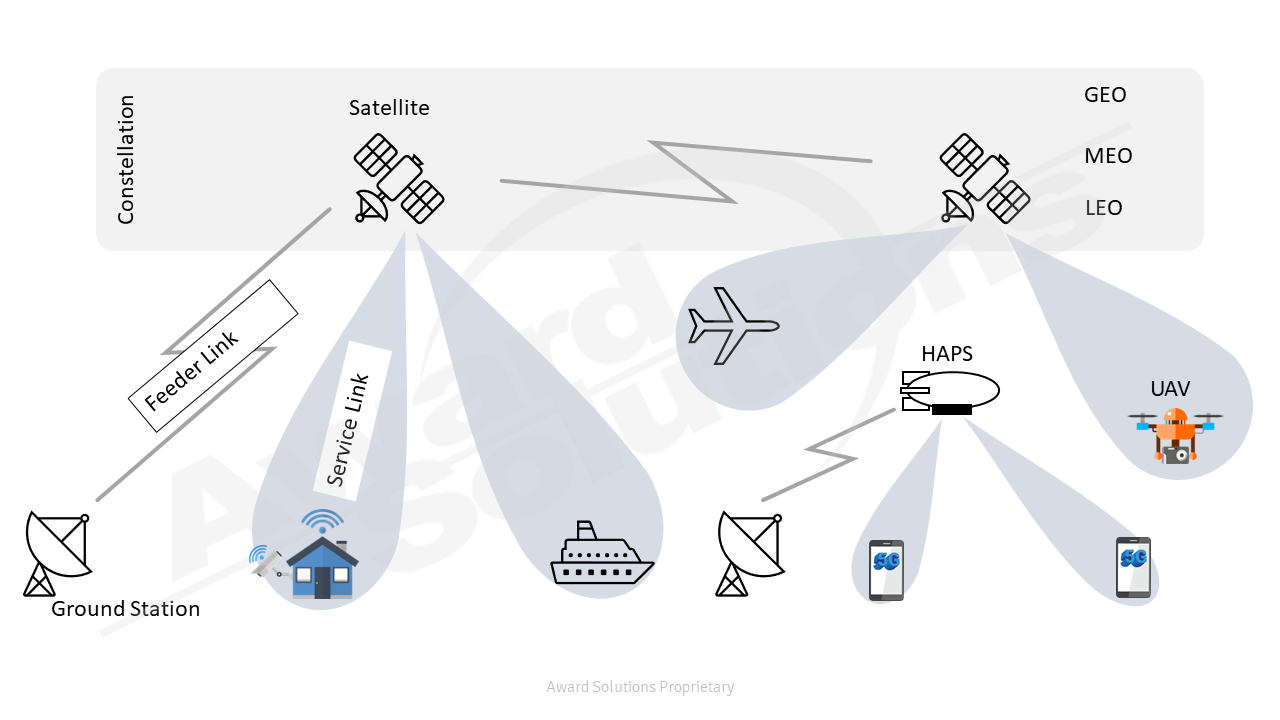
I remember a time before cell phones. Once, my car broke down, and I went knocking on doors for a phone to call a car service – never knowing who would answer the door or how I'd be received. Something I'd prefer not to do today!
For over three decades, terrestrial cellular networks, the networks connected to those cell towers you see everywhere, have been the backbone of communication systems worldwide – pretty much everyone has a cell phone. Now, supporting everything from simple voice calls to streaming high-quality video, these networks have enabled people to stay connected with each other – mostly for the better. However, when it comes to the office, sometimes, I wonder if there's such a thing as "too connected."
Despite large cellular coverage areas with network operators advertising their coverage maps, competing on who has the most network coverage, there are still places where these networks cannot provide reliable connectivity, such as remote or high-altitude regions. Have you ever, like me, been hiking and found yourself trekking up a hill to try to get a connection? The inability to get a signal is especially an issue in times of natural disasters or emergencies – not just when checking in on social media! Failure to obtain a cellular signal is where non-terrestrial networks come into play, providing solutions to fill these connectivity gaps. So, for 5g, it's not just about you or me not getting a signal for our smartphones; non-terrestrial networks, including satellite and high-altitude platforms, also fill the gaps for 5G connectivity to enable many key applications. Some examples are broadband access and telemedicine for those in remote areas, global coverage for IoT devices and asset tracking, connectivity for airplanes, ships and drones, disaster response, and military applications for remote and hostile environments.

So, what are non-terrestrial networks? Non-terrestrial networks work with ground stations and use radio transceivers in and above Earth's atmosphere to provide communications. These networks include two main types of equipment: satellite and high-altitude platforms (HAPs). Satellites orbit the Earth, while HAPs are platforms like blimps or airplanes (think AEW&C planes used for government communications) flying at high altitudes in the Earth's atmosphere.

Satellite and High-altitude Platforms
Satellite networks have been around for several decades and have played a crucial role in providing connectivity in remote areas, such as rural regions and islands, where terrestrial networks cannot reach. Military communications, broadcasting, and navigation also use satellite networks. Since, in addition to traditional cellular frequencies, 5G technology can use high bandwidth microwave and millimeter wave frequencies, satellite networks can play an even more significant role in providing connectivity to areas that terrestrial networks cannot reach. A great example is how satellite-based Starlink offered essential communications in Ukraine, where terrestrial networks weren't available. In addition, satellite networks can provide global coverage, making them ideal for communications supporting IoT (Internet of Things) devices, which require connectivity in remote locations.

High-altitude platforms, unlike satellites, are a relatively new technology that is gaining popularity as a solution to connectivity/coverage gaps. HAPs are platforms flown at altitudes of 20-30 kilometers above the Earth's surface. These platforms have wireless communication technology providing high-speed connectivity to areas that terrestrial networks cannot reach. HAPs can be deployed quickly and used in emergencies to provide connectivity to affected areas. Scientific research and military applications also use HAPs.

Non-terrestrial Network Advantages
One of the critical advantages of non-terrestrial networks is that they can provide connectivity to areas that are difficult to reach or have no existing infrastructure. In addition, these networks can provide connectivity in emergencies, where terrestrial networks may be down due to natural disasters or other reasons. Moreover, non-terrestrial networks can provide global coverage, making them ideal for IoT devices and applications requiring remote connectivity.
I was happy when cellular service came along, not to have to knock on doors. With NTN, I will be happy not having to trek up hills to find a signal!
Final Thoughts
Terrestrial cellular networks have served us well for over 30 years, but there are still areas where they cannot provide reliable connectivity. 5G is using non-terrestrial networks, including satellite and high-altitude platforms, to close the gaps in 5G connectivity – enabling new services in locations where terrestrial networks aren't reliable. With the emergence of 5G technology, the demand for connectivity will only increase, and non-terrestrial networks are poised to play a significant role in meeting this demand. These networks will provide connectivity to areas that are difficult to reach or have no existing infrastructure, making it possible for people and devices to stay connected with each other and the world around them, no matter where they are. As NTN becomes more prevalent, I will never worry about not getting a signal for whatever I need, whether for an emergency, social media, or work.
